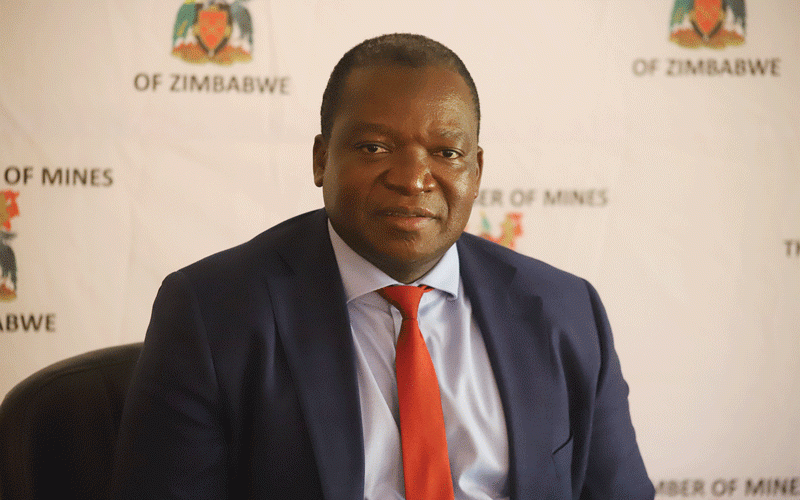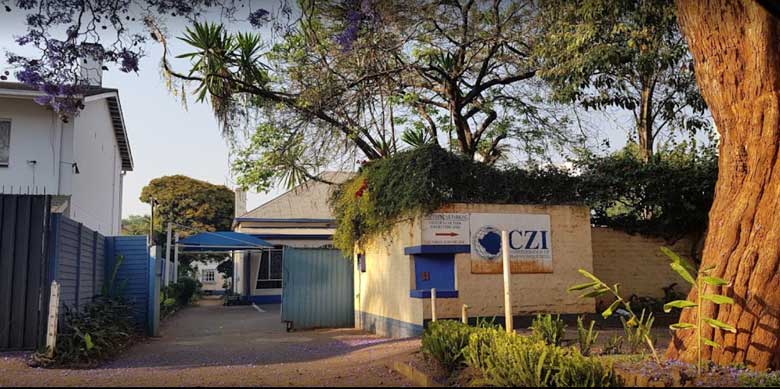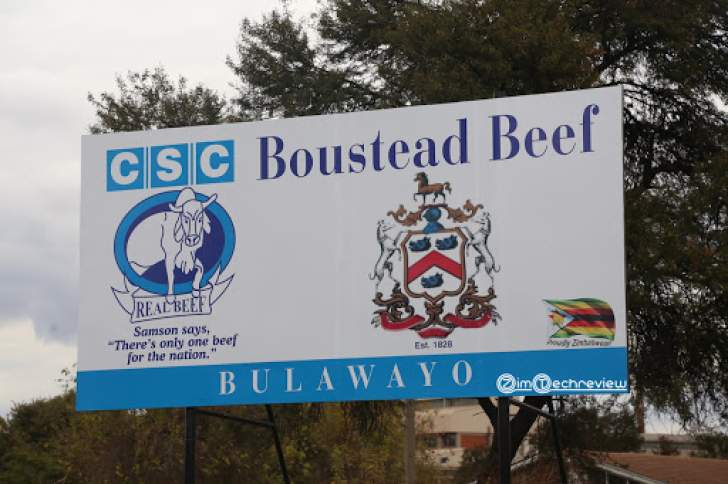
Gold output plunged by 11% to 14 181kg in the first half of this year compared to the same period last year, figures from Fidelity Gold Refinery (FGR) show.
Last year in the same period, gold production stood at 15 973kg.
Power outages and intermittent rains experienced in the first quarter contributed to the decline, according to industry officials.
Zimbabwe experienced a severe power crisis in the first four months of 2023, resulting in mining houses incurring heavy losses.
For instance, in the year to March 2023, Freda Rebecca Gold Mine lost about 198kg of gold in production due to power cuts.
Data from FGR indicates that large-scale miners produced 5 520kg of gold, with the small-scale ones contributing 8 661kg, down 17% in the prior period.
Output from large producers remained unchanged from the 2022 figures.
Gold is one of the key minerals expected to drive the government's ambitious plan of a US$12 billion mining industry by 2023.
- Govt reinstates passport application fee
- Govt reinstates passport application fee
- Zesa losing $1.4 billion to crooks
- Govt reinstates passport application fee
Keep Reading
Gold production, alongside platinum group metals, hydrocarbons like oil and gas, coal, gold, lithium, chrome and ferrochrome, are expected to be the major contributors.
Chamber of Mines Zimbabwe (CoMZ) chief executive Isaac Kwesu told Standardbusiness that power outages and heavy rains experienced in the first quarter contributed immensely to the drop in gold production.
“I think there were a number of reasons or factors in the first half, specifically the first quarter mainly to do with the power outages for the primary producers, the large scale,” Kwesu said.
“I think they faced the intermittent power challenges, which were faced by the whole country and mining was not spared from those challenges.
“So, naturally the stoppages that were happening and the interruptions of power affected production and also large scale producers also experienced mechanical challenges which again affected production.
“In fact, all those who contribute to gold production were affected as they faced mechanical challenges such as breakdowns.
“Then we also had the issue of rains which took place in the first quarter.
“It affected gold production on a small-scale, so naturally those reasons weighed down on first half output.”
Kwesu said with the improvement in power supply they anticipate a positive trajectory in the second quarter.
“But with the improvement in power supply which had a huge impact to production, the coming in of Hwange 7 & 8, I think there has been stability in power supply in the country and mining is experiencing improvements in the power supply,” he said.
“So, it is our hope that most mining houses will cover up their lost output during the first quarter.
“So, we are positive that if everything remains as is, possibly the second half will cover what was lost in the first half and some mines will try to achieve targets.”
Zimbabwe Miners’ Federation chief executive officer Wellington Takavarasha, whose organisation represents the interest of small-scale miners, also expressed high hopes that the situation will improve in the second quarter.
“The decline in gold production was as a result of power outages and rains that were experienced but with the power situation having improved we are hopeful of a positive second quarter in terms of gold output,” Takavarasha said.
The country is endowed with vast gold deposits which remain unexploited.
But smuggling has remained a major challenge, with tonnes of the precious metal salted away day and night.
Home Affairs and Cultural Heritage minister Kazembe Kazembe revealed in September 2020 that Zimbabwe was losing at least US$100 million worth of gold every month.
Small-scale miners, estimated at about 1,5 million in Zimbabwe, have been producing over half of the country’s annual gold output after a two-decade economic crisis triggered the closure of most big operators.
Mineral exports increased to US$5,6 billion in 2022, compared to US$5,1 billion in 2021, largely driven by strong output performance and favourable commodity prices.
In 2023, mineral exports are expected to surpass US$6 billion as attractive prices are anticipated to persist throughout the year.
So far, from January to May 2023, the country has received US$2,25 billion worth of mineral exports, according to CoMZ.
Gold exports, at 35% of the total, accounted for the largest share of mineral earnings in the first five months of the year.










